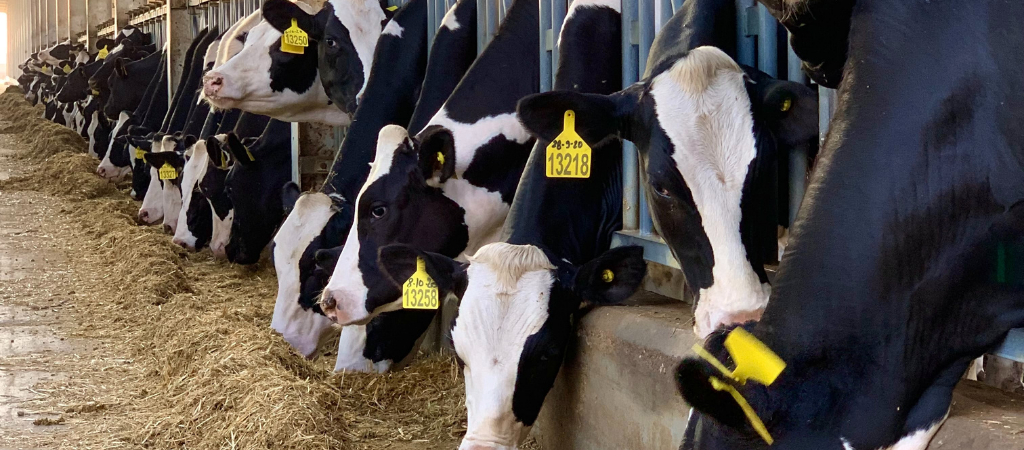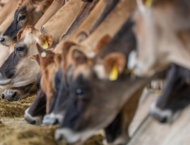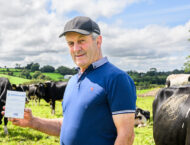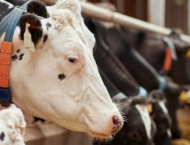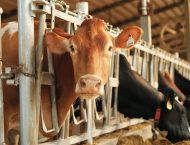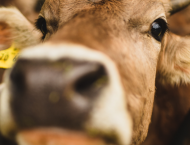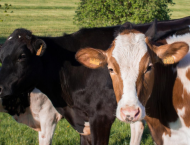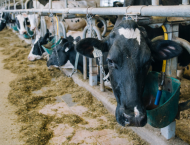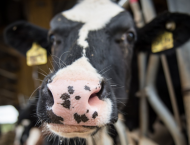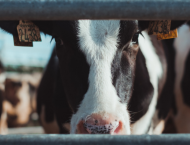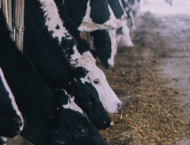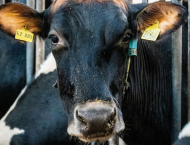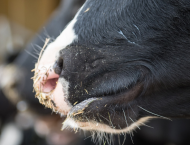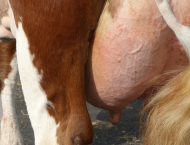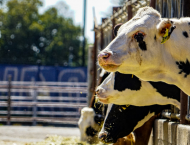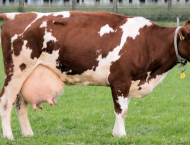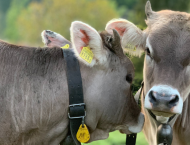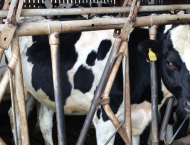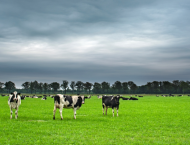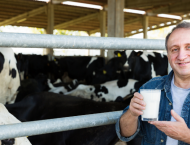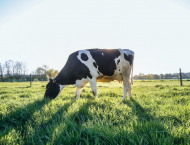The Lisbon Treaty of 2009 explicitly recognizes that animals are sentient beings; thus, the European Union and its Member States bear an ethical responsibility to prevent maltreatment, pain and suffering.
The safety of the food chain is directly connected to the welfare of animals farmed for food production since animal welfare, animal health and food-borne diseases are closely related: in fact, stress factors and poor welfare can lead to higher susceptibility to disease transmission among animals.
All this represents an increased risk for food consumers, who can be exposed to pathogens such as Salmonella, Campylobacter and E. coli. The fact that these and other species of bacteria can develop resistance to antimicrobial substances when these products are used imprudently makes things worse throughout the entire food supply chain, both for human and animal health as well.
Thus, the fight against AMR goes hand in hand with animal welfare. Responsible and prudent use of antimicrobials involves the implementation of good animal welfare practices to reduce unnecessary suffering and to make animals healthier. Introducing good welfare practices also means reducing stress and, therefore, susceptibility to infections.
Basically, it means a reduced need for antimicrobials. Thus, prudent use of antimicrobials and animal welfare are not in contrast: it is a mutual relationship.
The basic principle is that livestock farming should no longer depend on antimicrobials. The European Union embraced this principle and put it into writing with the new Regulation on Veterinary Medicinal Products, applicable in all the EU Member states from 28 January 2022. In particular, the new rules concerning veterinary prescriptions, restrictions on prophylaxis and metaphylaxis, the use of critically important antimicrobials (CIA) in veterinary medicine, the One-Health approach, etc. will help.
The use of antimicrobials must occur and be prescribed only when really necessary. Their administration must be along with good management, good housing, appropriate nutrition and a high level of biosecurity on farms to minimize the infection pressure. Moreover, farmers have to involve the veterinarian in a decision-making process aimed at the definition of an effective health management plan. This includes also regular veterinary visits and a constructive relationship.
Many are the key points to take into account for an efficient management on dairy farms. Undoubtedly, these key points have to be monitored and discussed to check for their effectiness.
The concept behind the OZOLEA approach considers and aims to an improved level of animal welfare in dairy cattle worldwide. Each solution and strategy we develop never forgets animal welfare.
Our mission is to reduce antibiotic resistance in dairy farms, using new herd management protocols, for a milk production focused on animal health and welfare and, thus, on the final consumer.
This is why our leading product, OZOLEA-MAST, is not “just” a veterinary device: it represents an innovation among animal health products that comes just right before the onset of a full blown mastitis, and it works without depending on active substances. The simple but revolutionary physico-mechanical action, along with the proper protocol, helps dairy farmers to act promptly in case of udder issues and continuing shipping the milk.
By adopting OZOLEA tools and protocols, the occurrence of severe clinical events is remarkably reduced. The animals are less stressed and many painful phenomena are avoided. To spread this approach all over the world, OZOLEA launched and now promotes the SSafeMILK project.
Cover Image: Ph. Suvrajit S, image available here.

